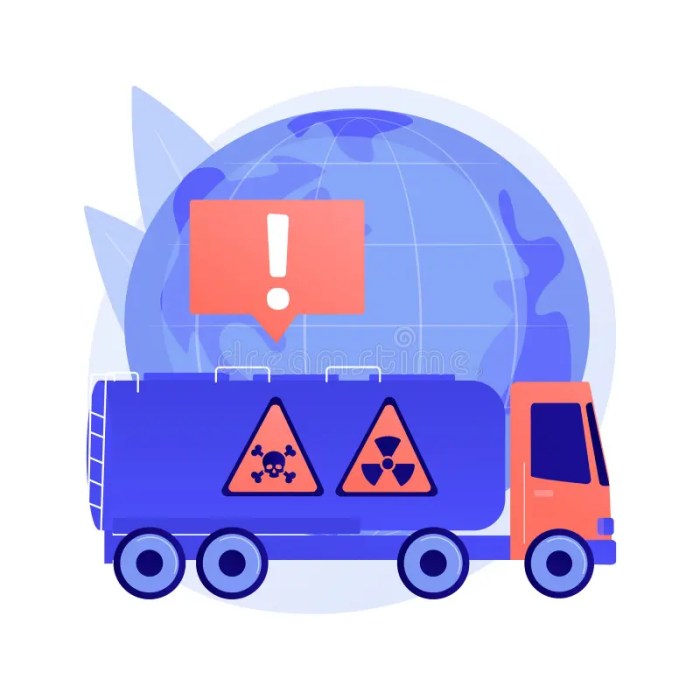How to transport water – In the realm of water management, transportation plays a pivotal role, shaping the availability and distribution of this life-sustaining resource. From pipelines that crisscross continents to tankers navigating vast oceans, the methods of water transportation are as diverse as the challenges they address.
This comprehensive guide delves into the intricate world of water transportation, exploring its methods, treatment, environmental considerations, economic factors, regulations, and safety measures.
The transportation of water poses unique challenges that require innovative solutions. Pipelines, tankers, and canals each have their advantages and drawbacks, and the choice of method depends on factors such as distance, terrain, and volume. Treating water for transportation involves filtration, disinfection, and chemical additives to ensure its quality and safety.
Storage containers range from simple tanks to sophisticated systems that maintain water quality during transit.
Water Transportation Methods
Water transportation plays a vital role in global trade and infrastructure, enabling the movement of large quantities of water across various distances.
Several methods are employed for water transportation, each with its advantages and disadvantages:
Pipelines
Pipelines are underground or above-ground conduits used to transport water over long distances. They offer high efficiency and reliability, with minimal water loss and environmental impact. However, they require significant infrastructure investment and can be vulnerable to damage from natural disasters or sabotage.
Tankers
Tankers are specialized ships designed to transport large volumes of water. They are highly efficient for long-distance transportation, especially for overseas shipments. However, tankers can be expensive to operate and may pose environmental risks in the event of spills or accidents.
Canals
Canals are artificial waterways constructed to connect water bodies or provide alternative routes for navigation. They are suitable for transporting large quantities of water within a region, but their construction and maintenance can be costly.
| Method | Cost | Efficiency | Environmental Impact |
|---|---|---|---|
| Pipelines | High | High | Low |
| Tankers | Moderate | High | Moderate |
| Canals | Low | Moderate | High |
Water Treatment and Storage for Transportation

Water intended for transportation undergoes various treatment processes to ensure its safety and quality:
Filtration
Filtration removes impurities and suspended solids from water using filters or membranes. This process is crucial for removing harmful bacteria and other contaminants.
Disinfection
Disinfection involves adding chemicals, such as chlorine or ozone, to kill or inactivate microorganisms. It ensures that the water is safe for human consumption and prevents the spread of waterborne diseases.
Chemical Additives

Certain chemical additives may be used to improve water quality during transportation. These additives can adjust pH levels, prevent corrosion, or inhibit the growth of algae or bacteria.
Water storage containers used for transportation include:
- Tanks (above-ground or underground)
- Cisterns (rainwater harvesting systems)
- Barrels (for smaller volumes)
The choice of storage container depends on the transportation method, volume of water, and duration of storage.
Best Practices for Maintaining Water Quality
- Regularly clean and disinfect storage containers.
- Monitor water quality parameters (pH, chlorine levels, etc.).
- Protect water from contamination during handling and storage.
- Dispose of wastewater properly to prevent environmental pollution.
Environmental Considerations
Water transportation can have various environmental impacts:
Water Loss
Pipelines and canals can experience water loss through evaporation, leaks, or seepage. This can contribute to water scarcity in certain regions.
Pollution

Tanker spills or accidents can release large amounts of water into the environment, potentially contaminating water bodies and harming marine life.
Habitat Disruption
The construction of canals and pipelines can alter or fragment natural habitats, affecting local ecosystems and biodiversity.
Sustainable practices for reducing the environmental footprint of water transportation include:
- Using energy-efficient pumps and pipelines.
- Implementing leak detection and repair systems.
- Developing environmentally friendly tanker designs.
- Protecting and restoring riparian habitats.
Innovative technologies, such as closed-loop water systems and water-saving irrigation techniques, can further minimize the environmental impact of water transportation.
Economic Factors
Water transportation involves significant economic considerations:
Infrastructure Costs
The construction and maintenance of pipelines, canals, and tankers require substantial capital investment. These costs can vary depending on factors such as distance, terrain, and environmental regulations.
Transportation Fees
Companies and individuals transporting water pay fees based on the volume, distance, and method of transportation. These fees can impact the cost of goods and services.
Market Demand, How to transport water

The demand for water transportation is driven by factors such as population growth, industrial development, and agricultural needs. Fluctuations in demand can affect transportation rates and infrastructure investments.
The economic benefits of water transportation include:
- Facilitating trade and commerce.
- Supporting agricultural production.
- Providing access to clean water for communities.
The economic challenges include:
- High infrastructure costs.
- Potential for water scarcity and price volatility.
- Environmental externalities, such as pollution and habitat loss.
Regulations and Safety
Water transportation is subject to various regulations and safety standards:
Regulations
Government agencies and international organizations establish regulations for water quality, transportation safety, and environmental protection. These regulations aim to ensure the safe and responsible transportation of water.
Safety Standards
Industry organizations and regulatory bodies develop safety standards for tanker design, operation, and maintenance. These standards help prevent accidents and spills.
Regulatory bodies and industry organizations play crucial roles in enforcing compliance with regulations and safety standards. They conduct inspections, issue permits, and impose penalties for violations.
Case Study: Water Transportation Accident
In 2021, a tanker carrying 20,000 tons of water capsized off the coast of Australia. The accident resulted in a large-scale oil spill, causing significant environmental damage. The investigation revealed that the tanker’s hull had been compromised due to corrosion, highlighting the importance of regular maintenance and safety inspections.
FAQ Guide: How To Transport Water
What are the key factors to consider when choosing a water transportation method?
Distance, terrain, volume, cost, efficiency, and environmental impact.
How is water treated for transportation?
Filtration, disinfection, and chemical additives are used to ensure water quality and safety.
What are the environmental concerns associated with water transportation?
Water loss, pollution, and habitat disruption.
How can the economic impact of water transportation be maximized?
Investing in infrastructure, promoting sustainable practices, and creating economic opportunities.
